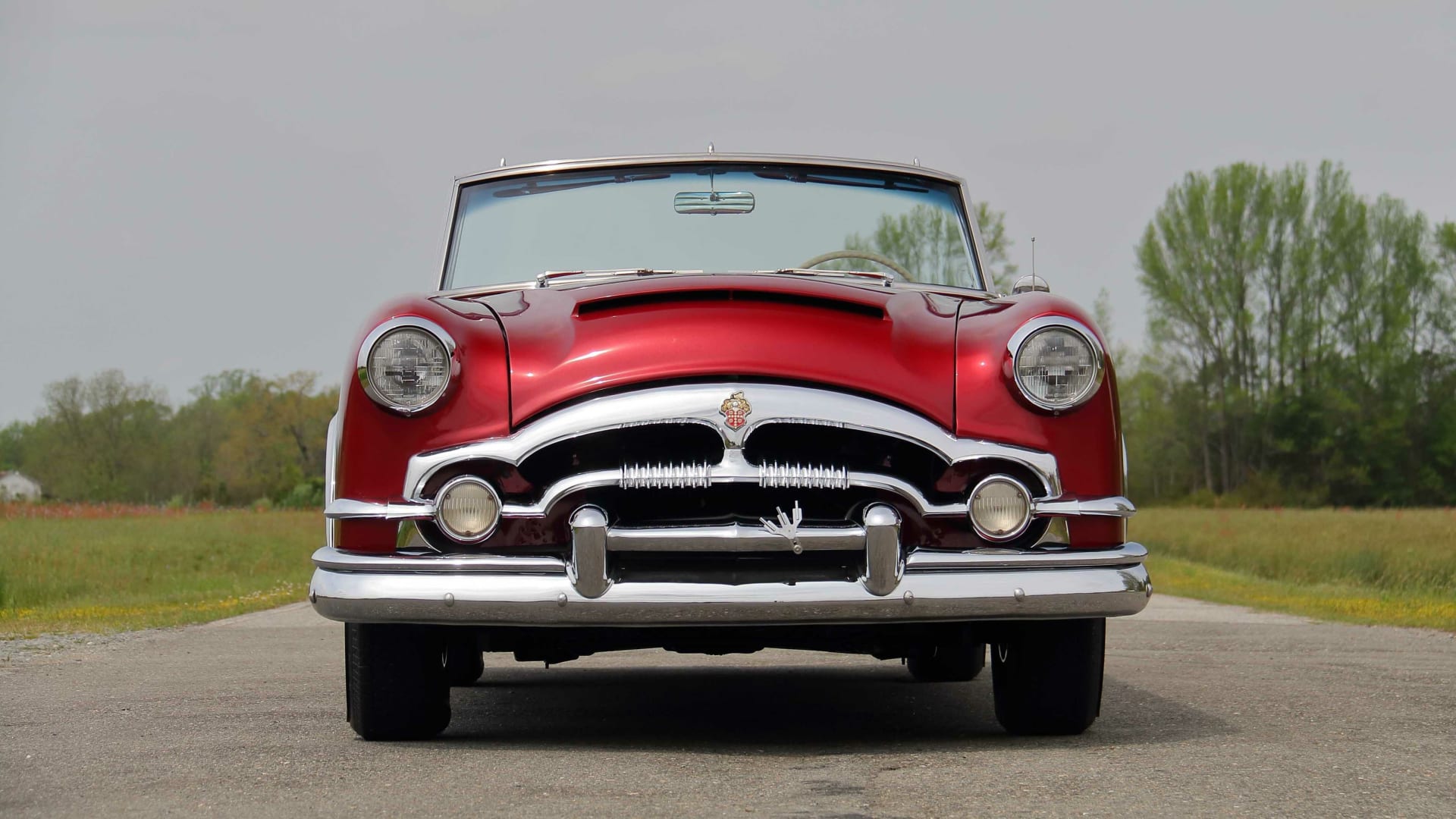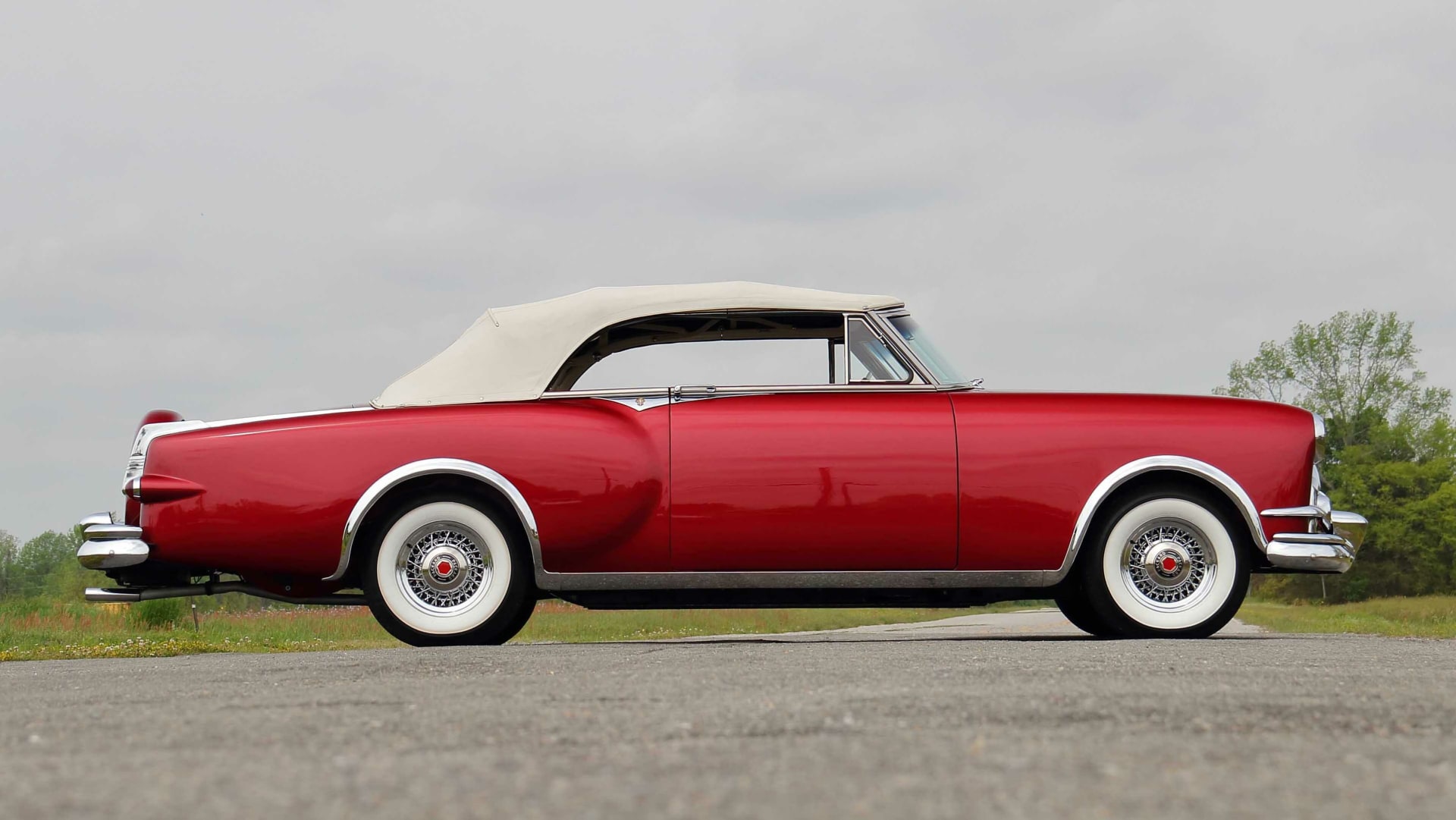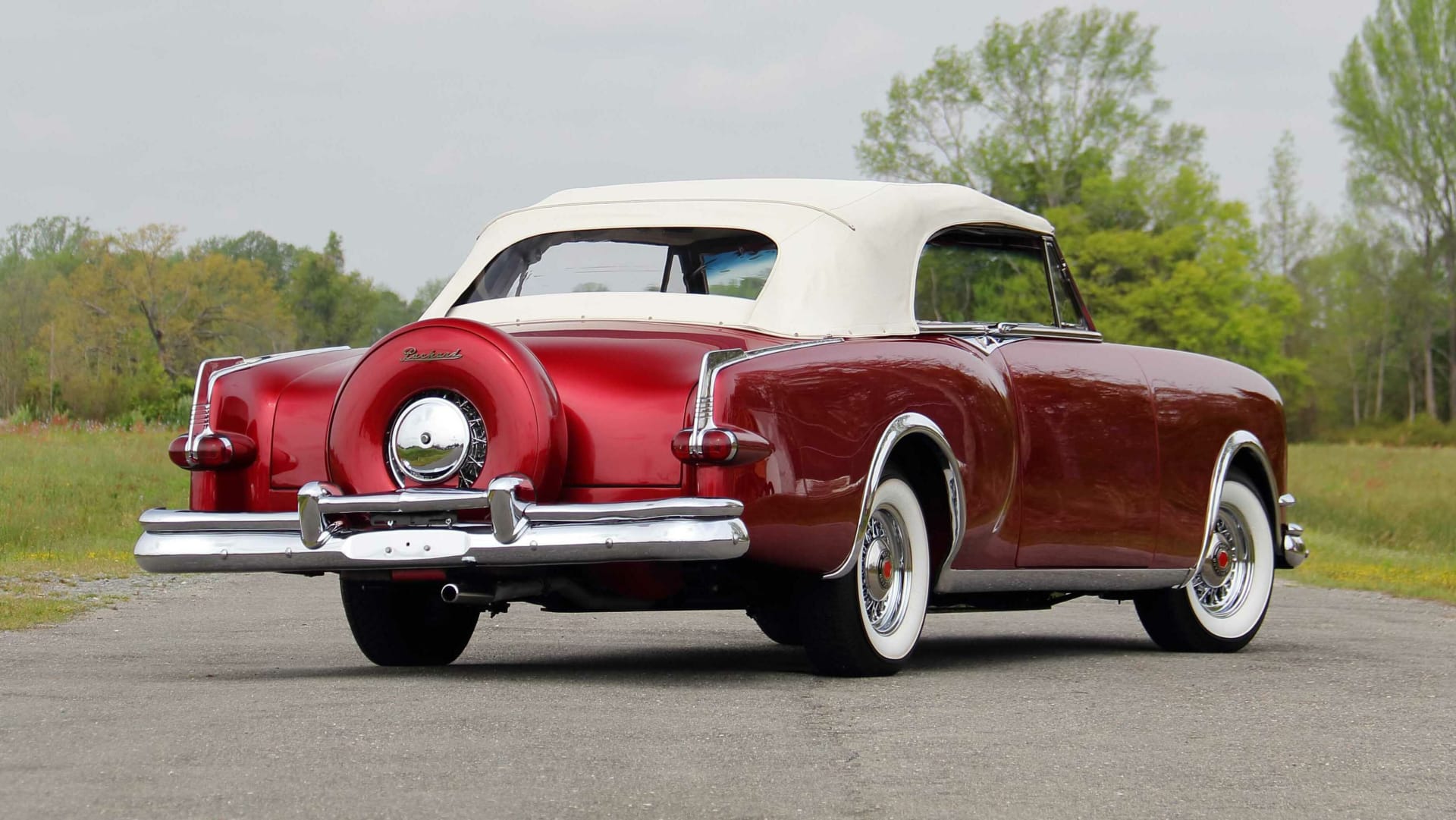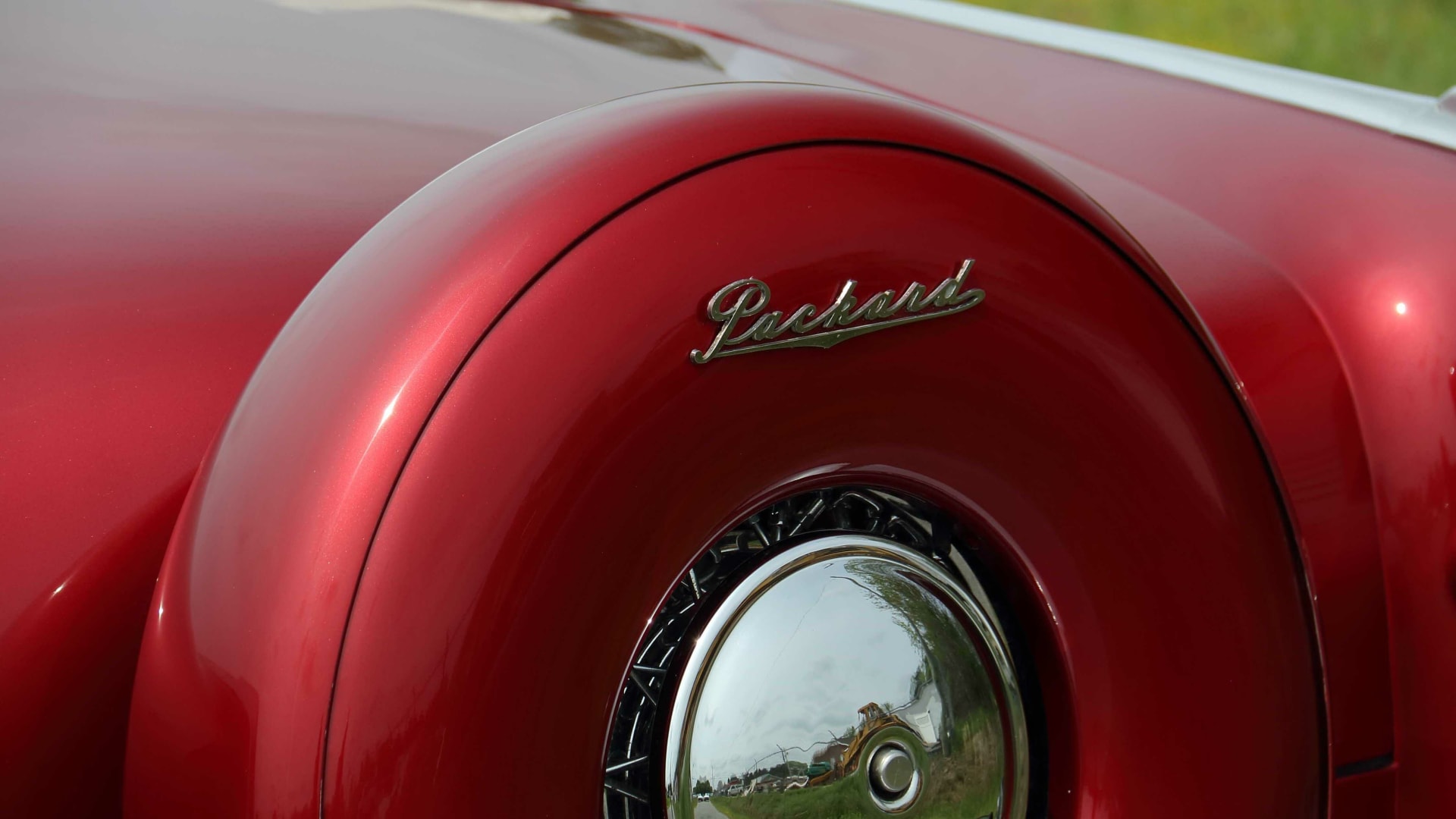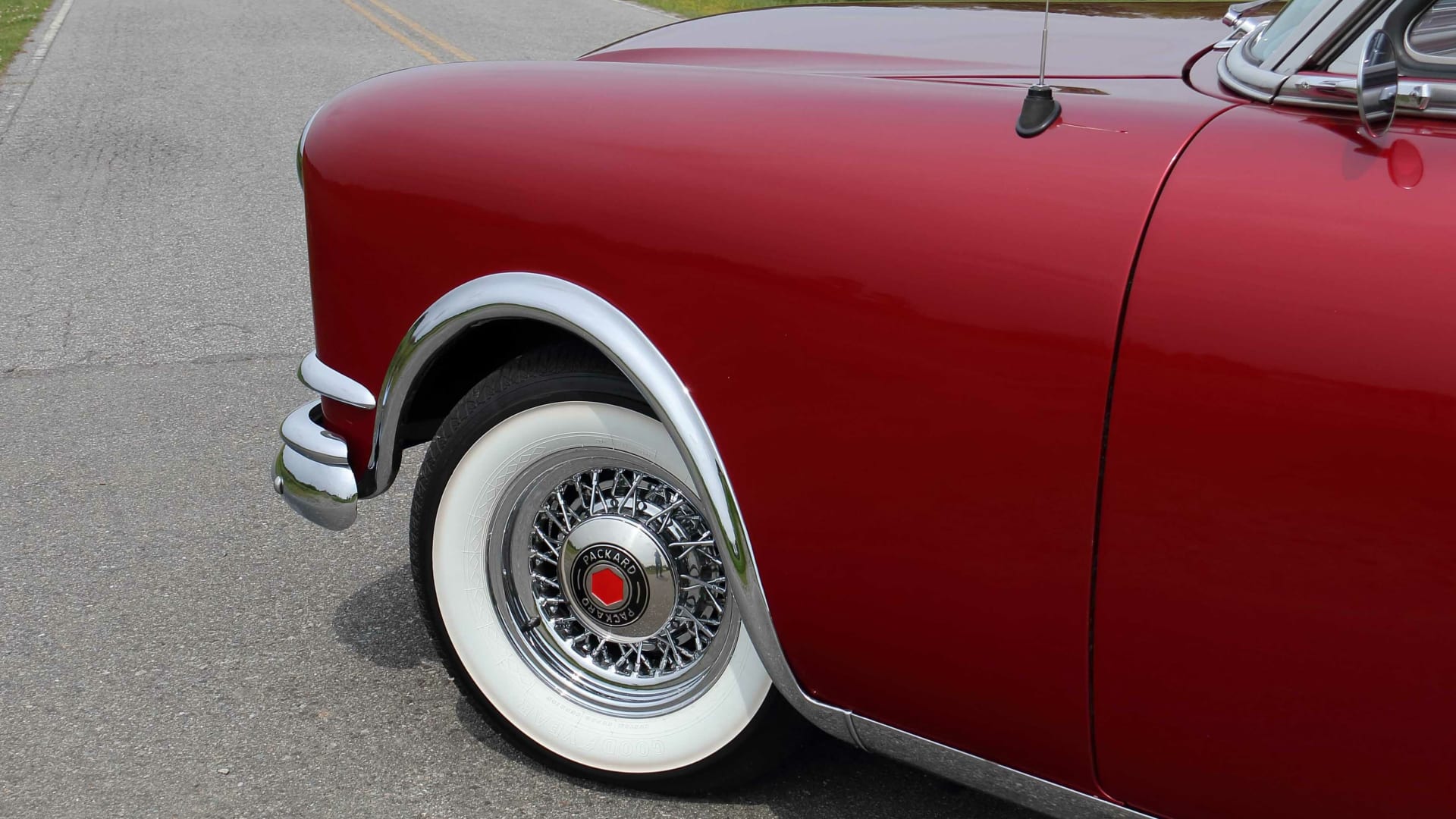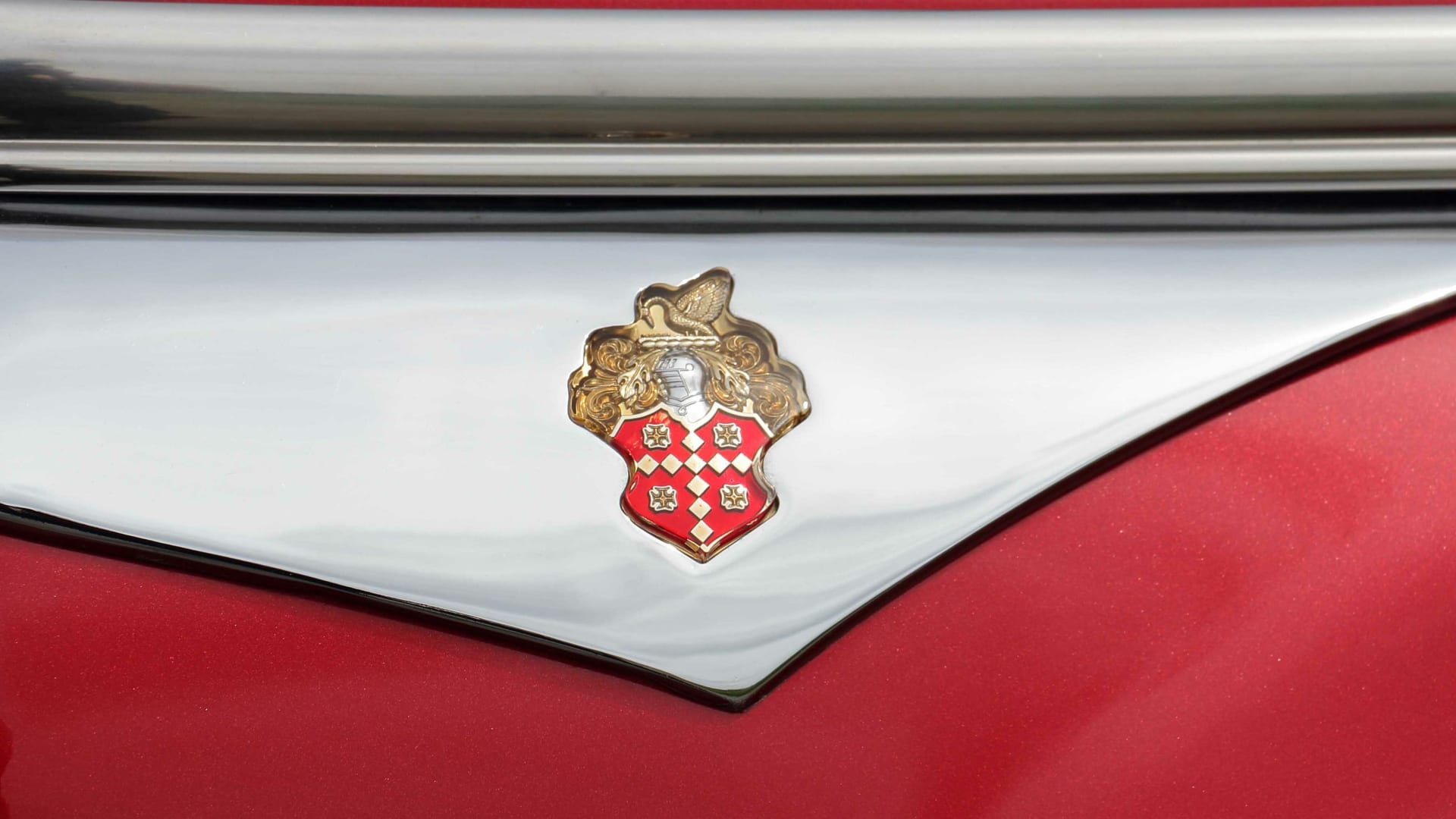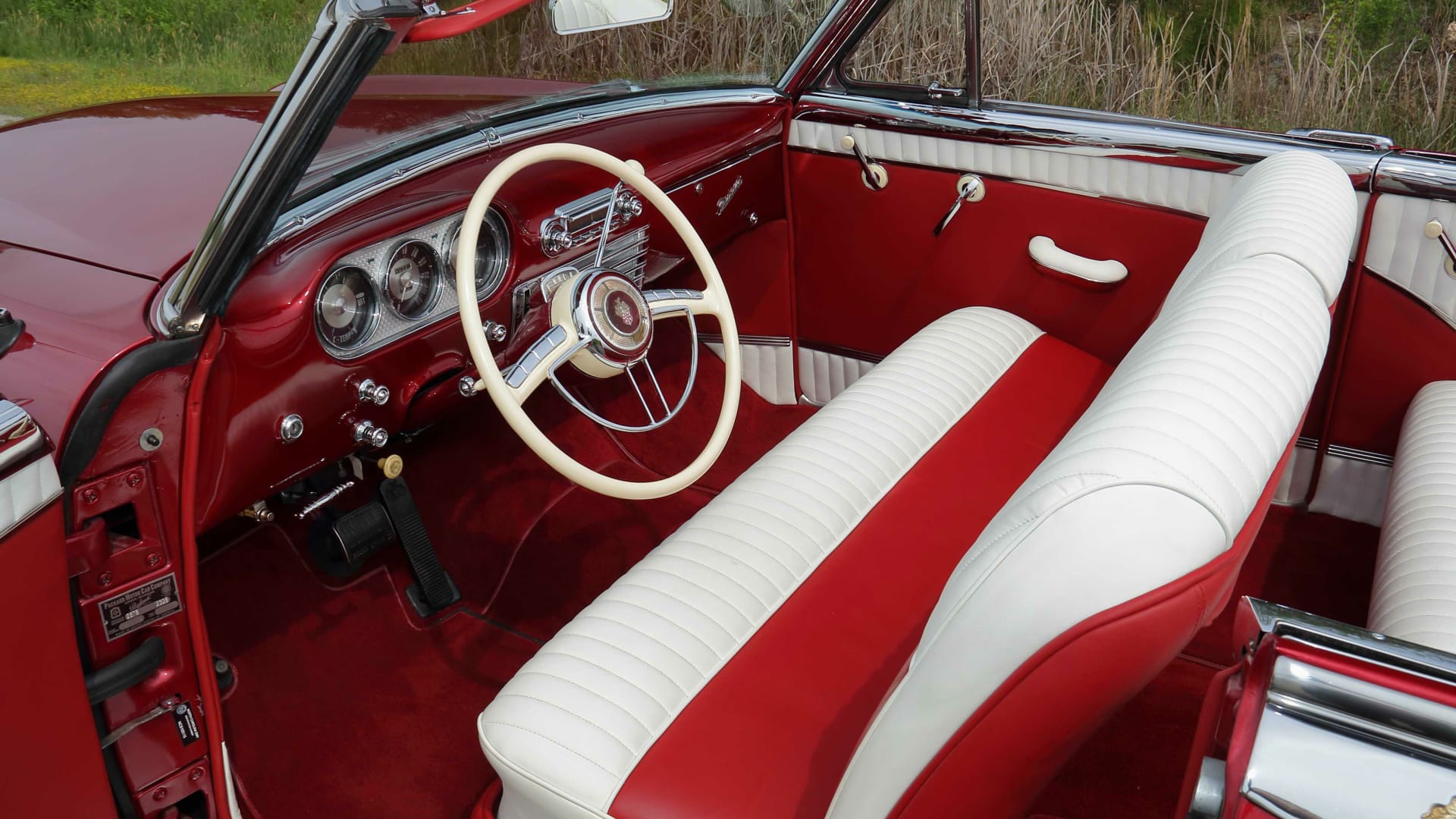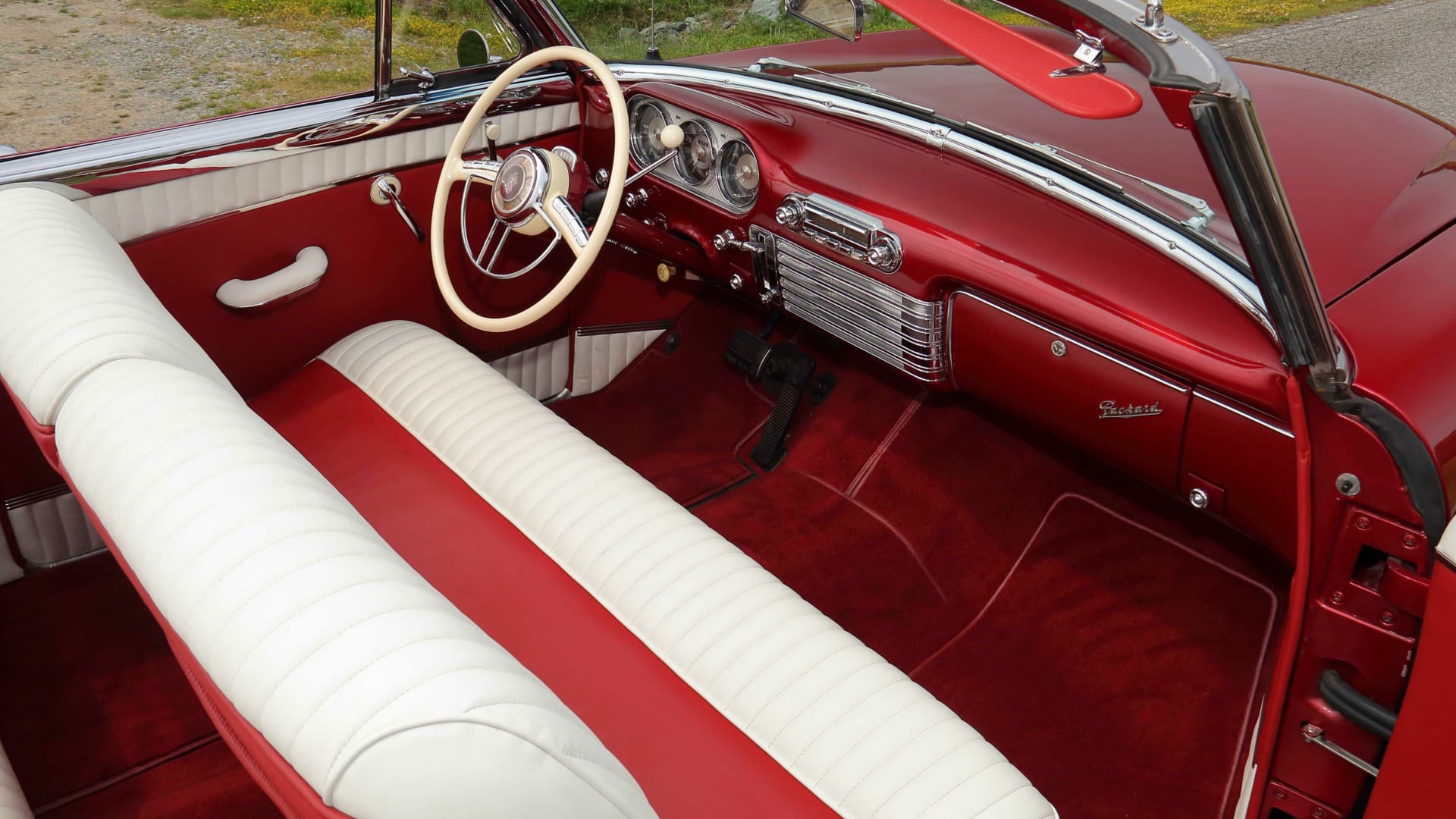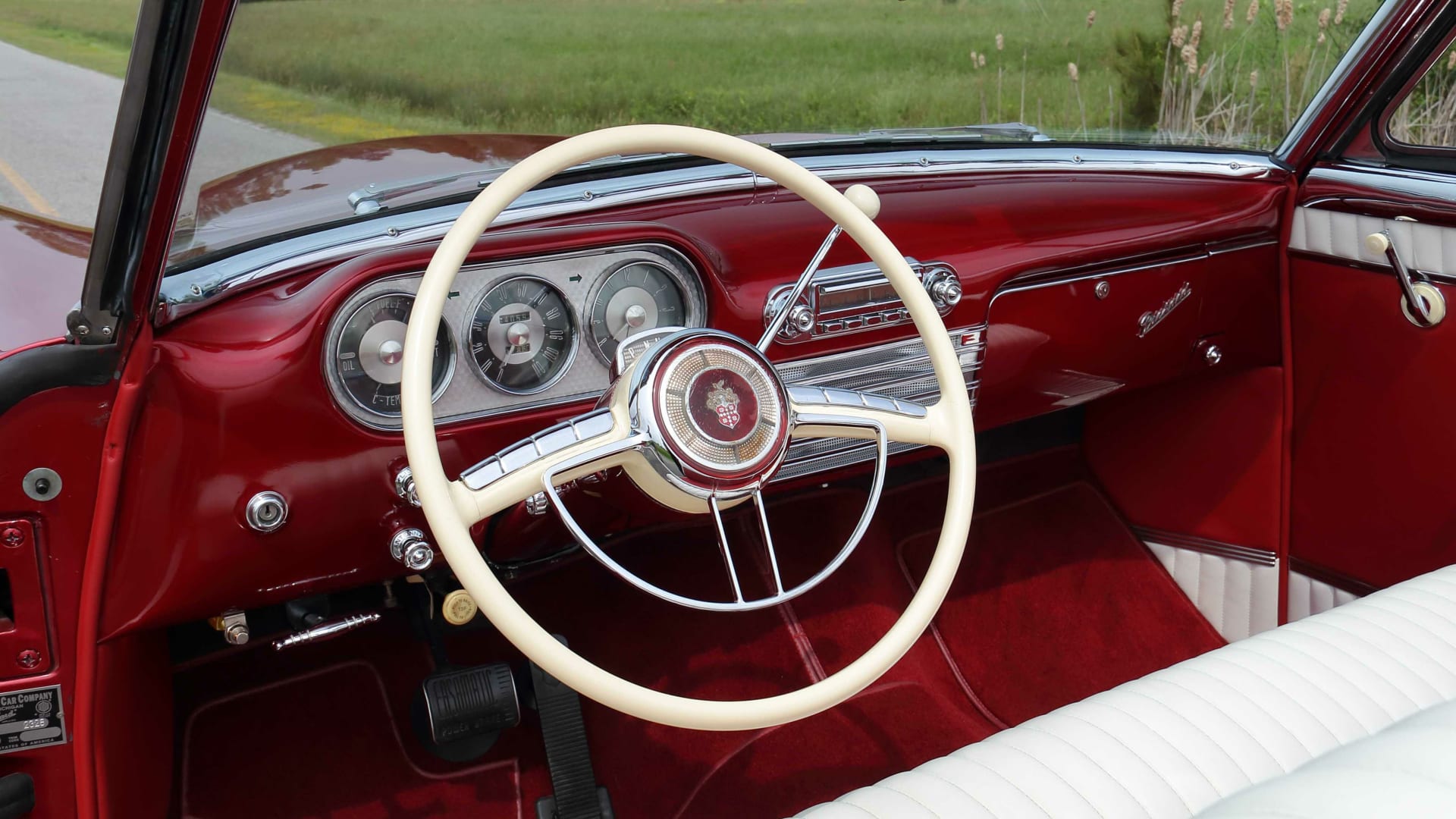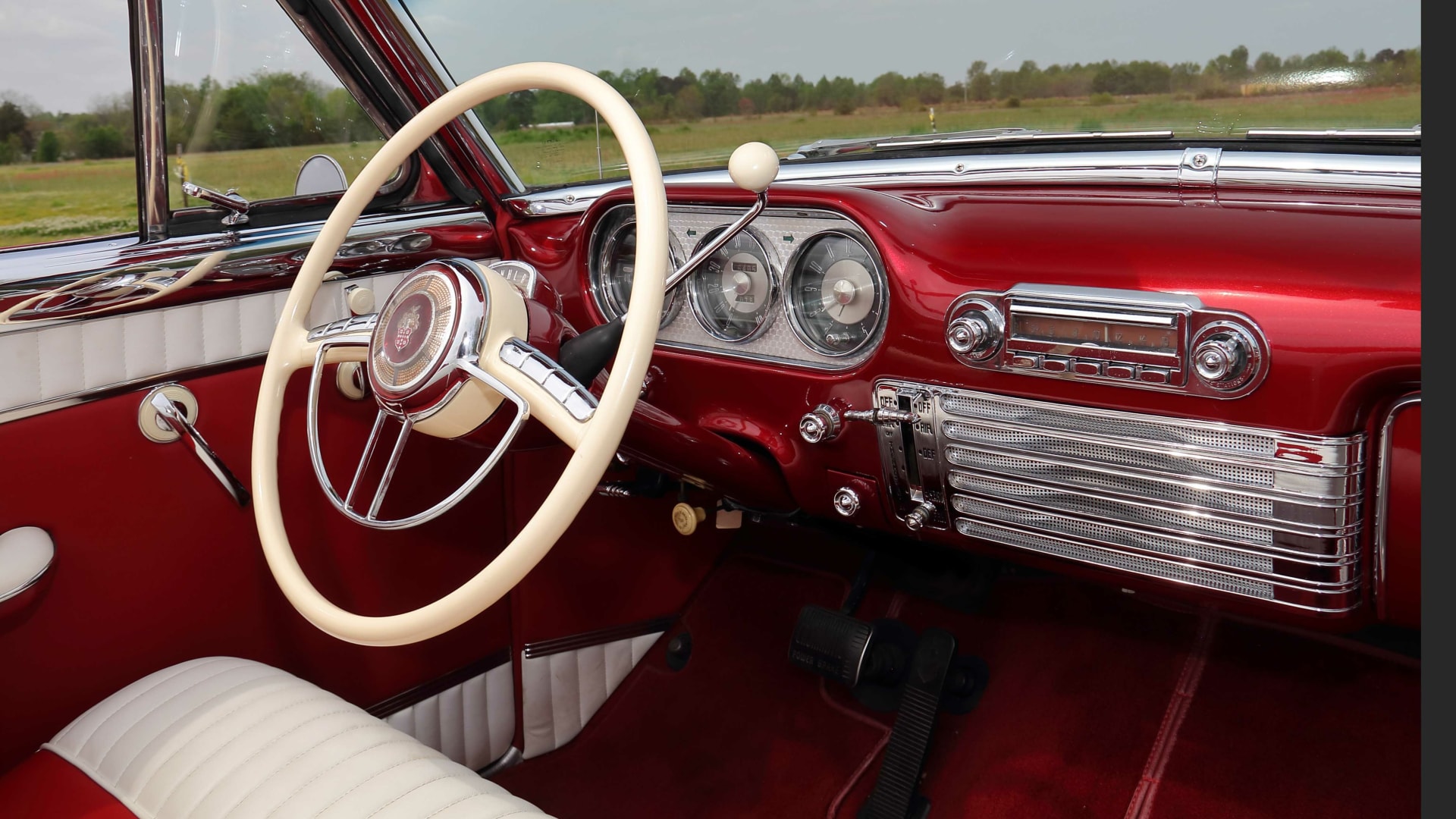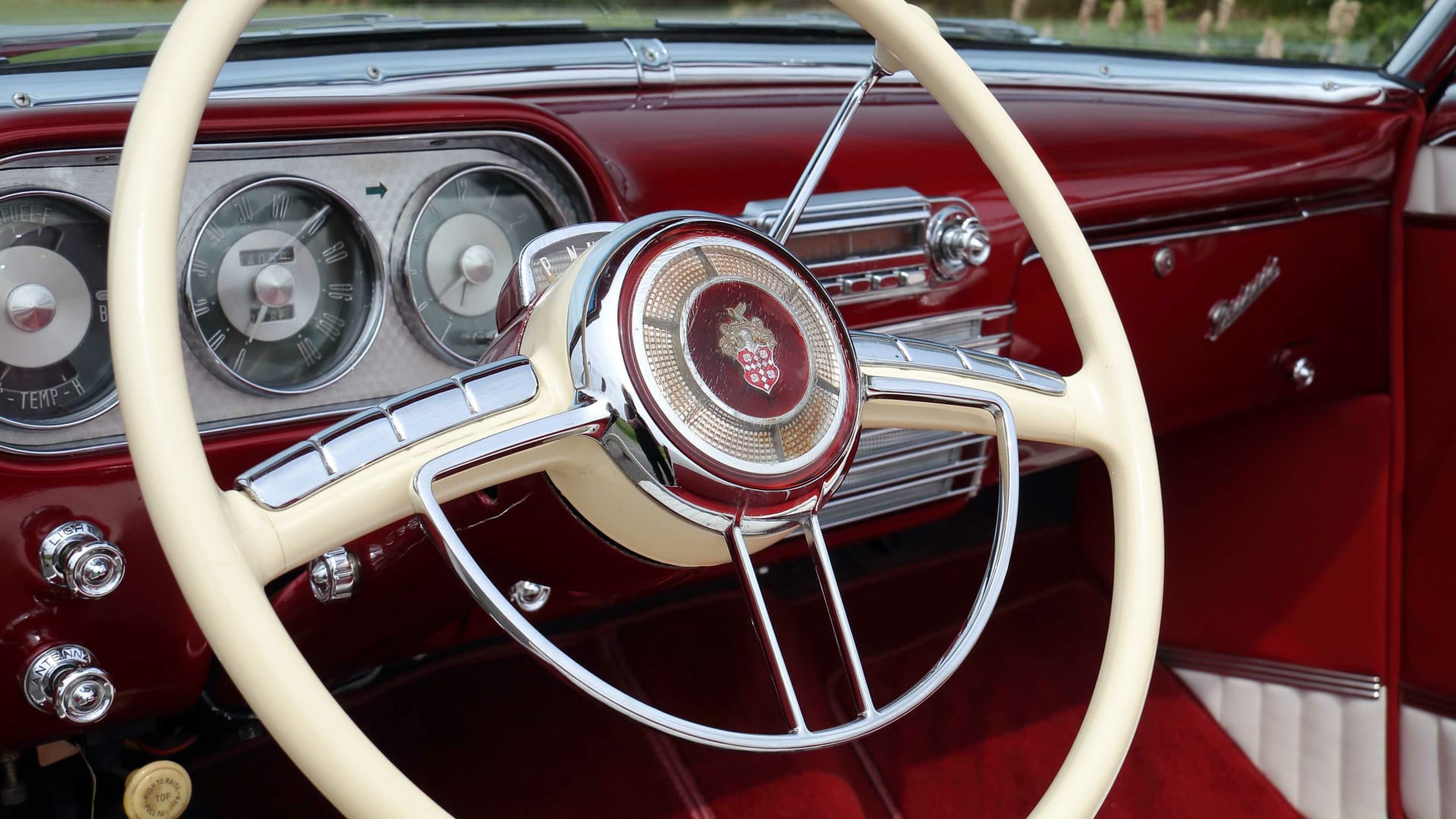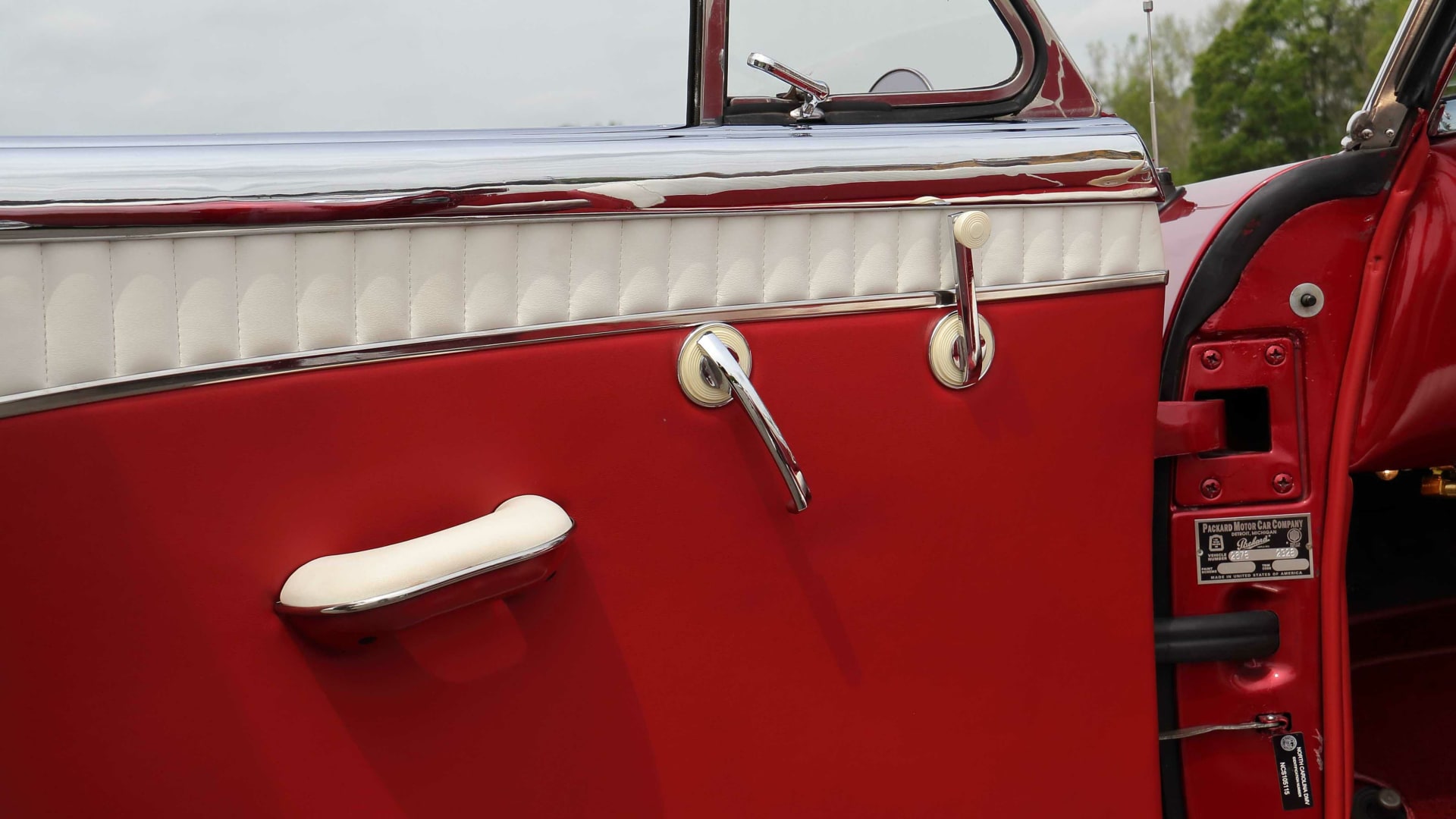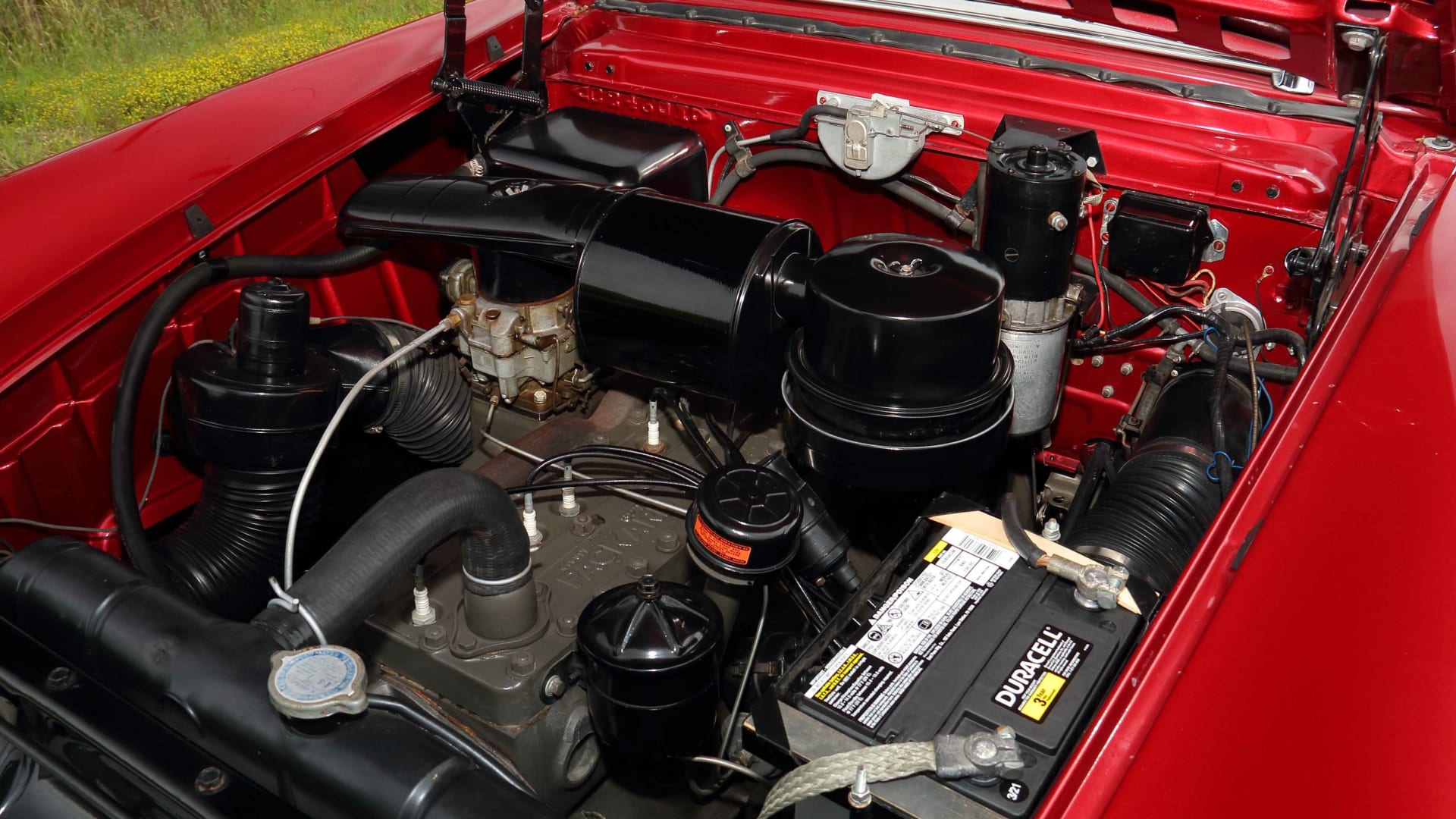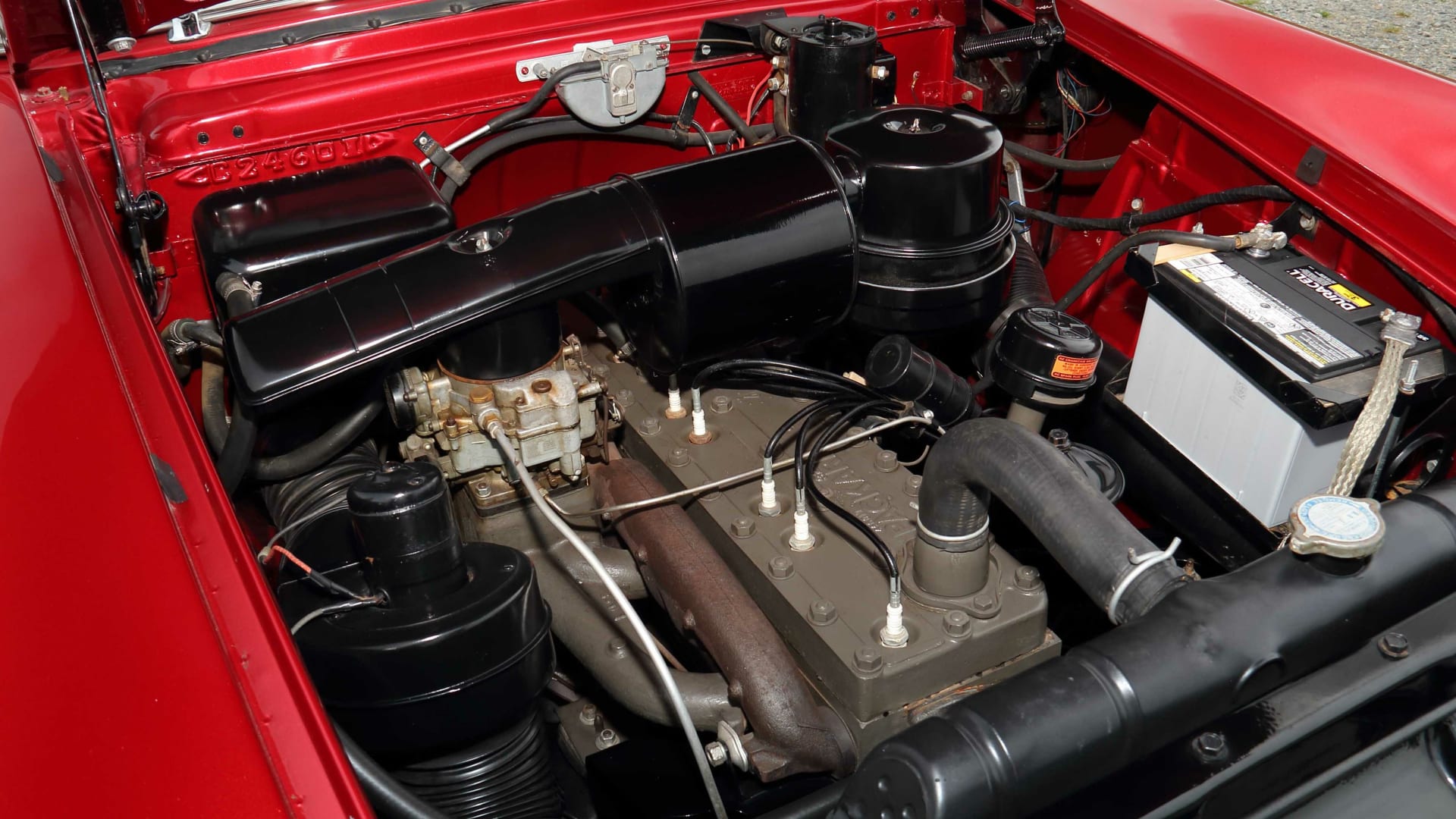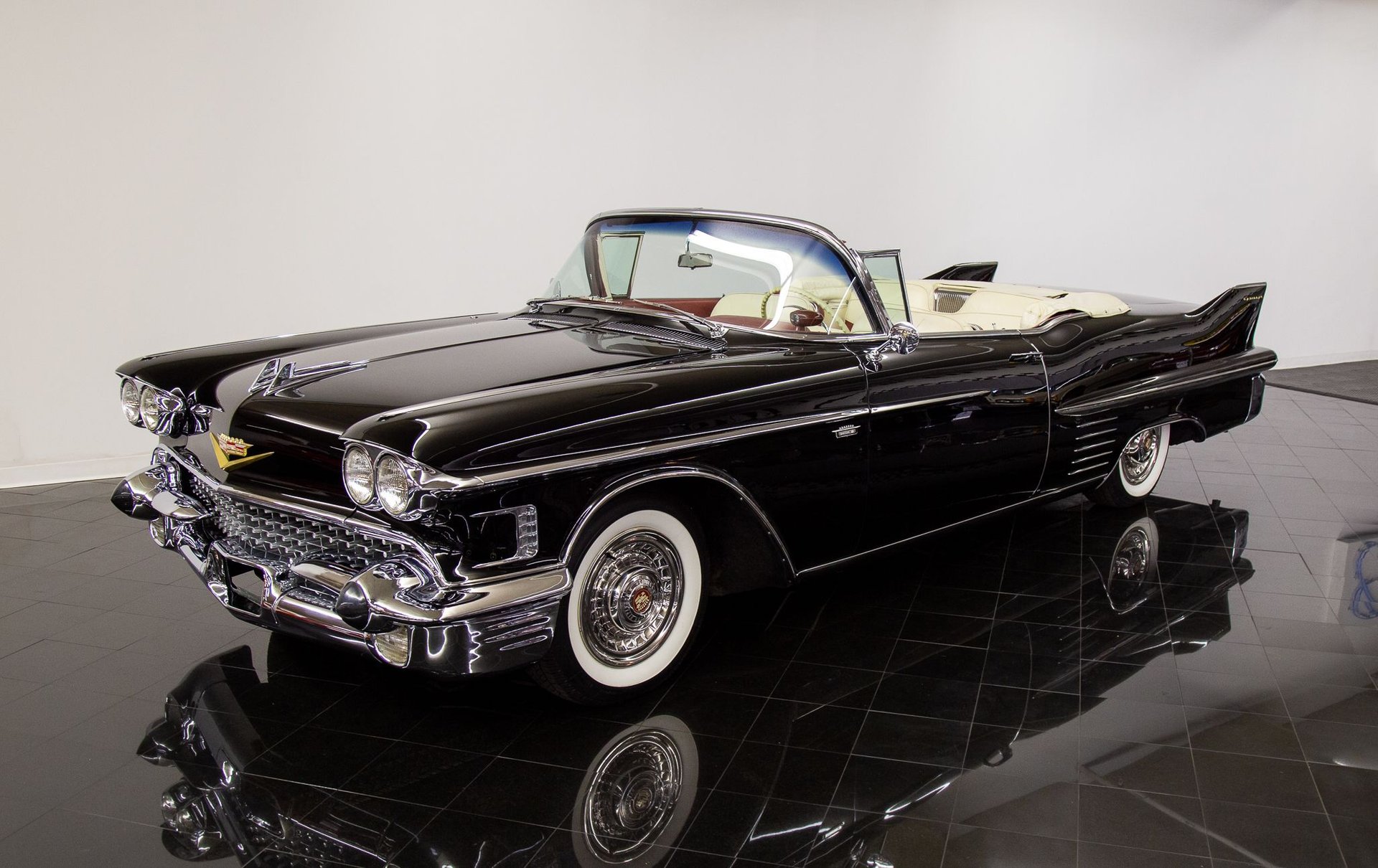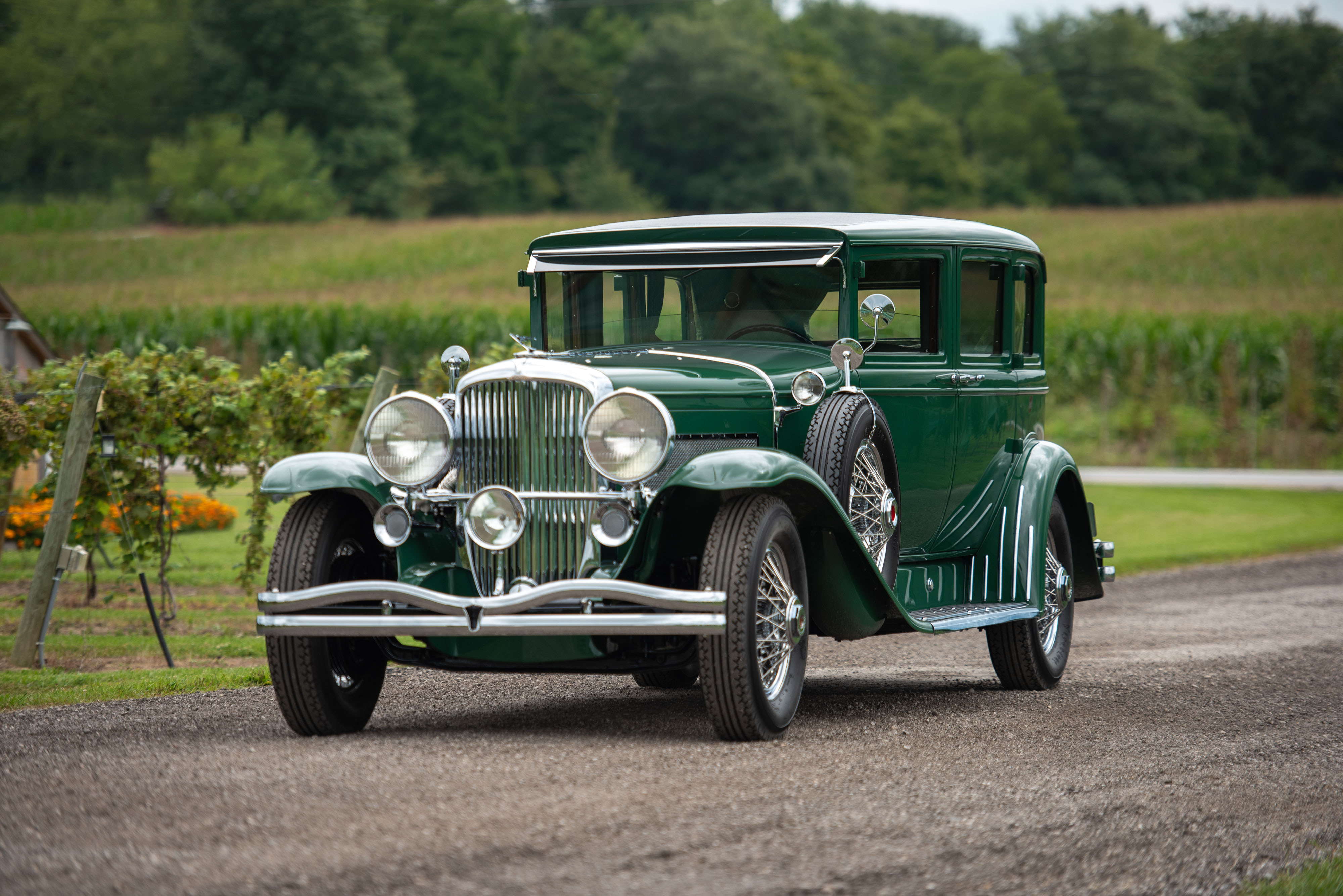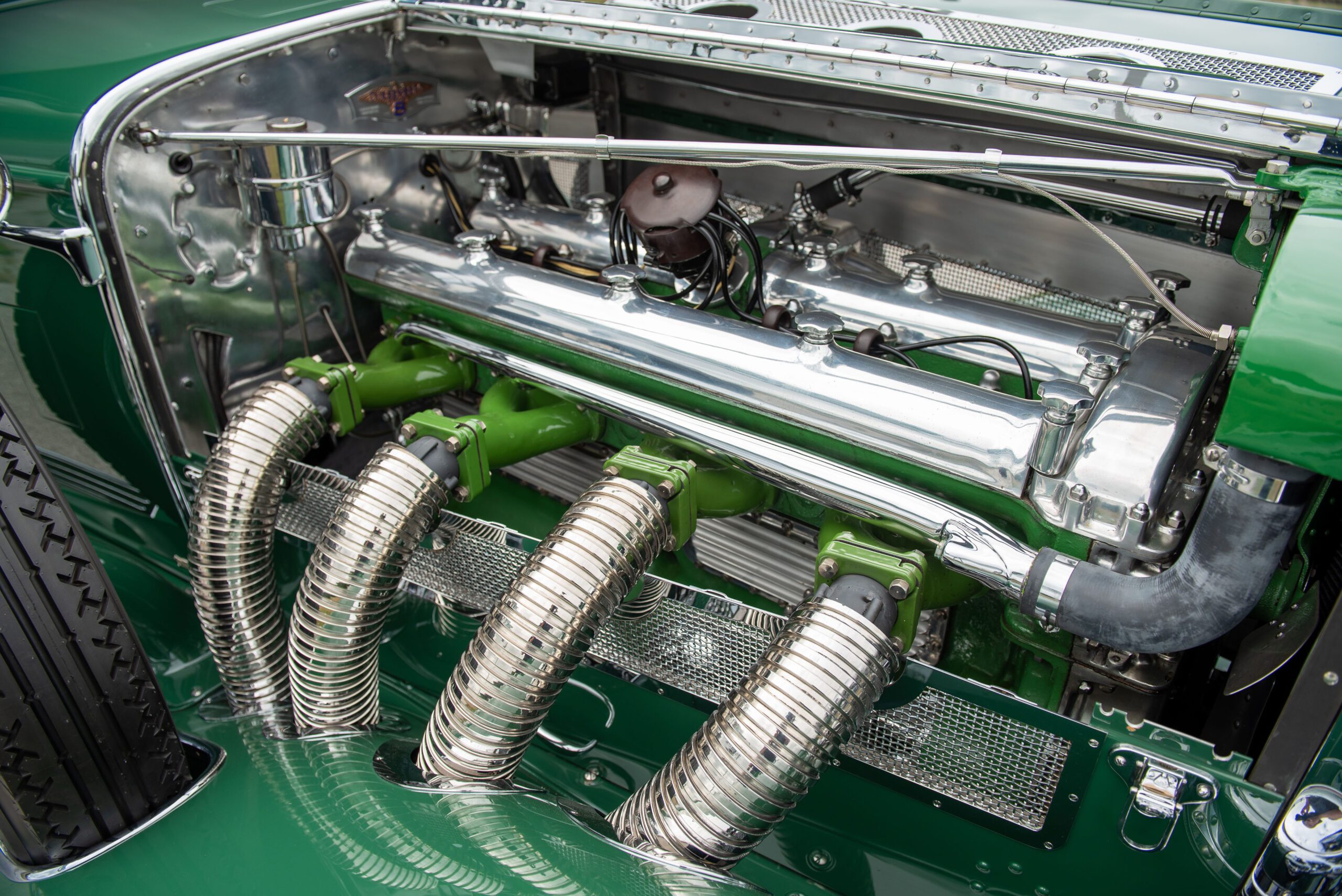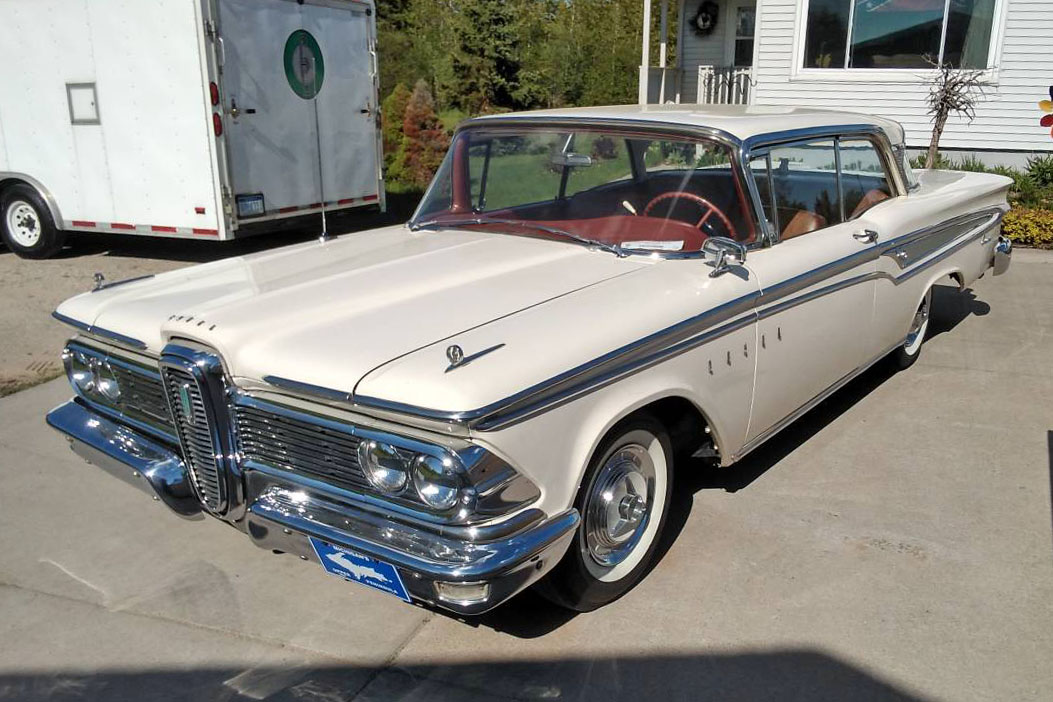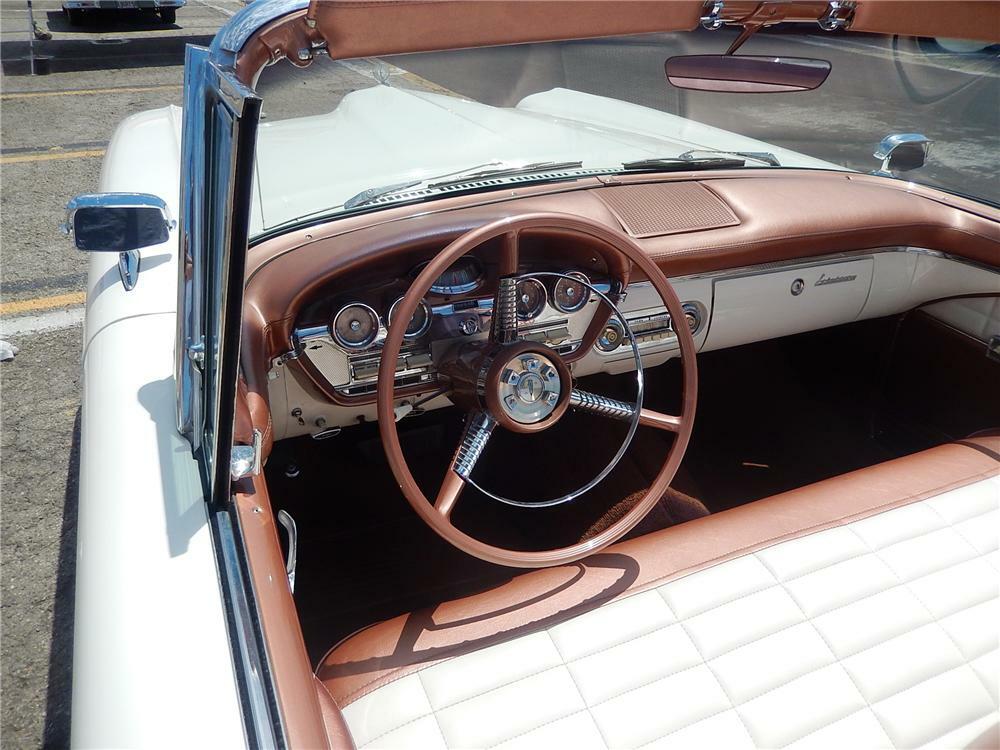Whenever I hear the word "suburban," I instantly think about the Chevrolet hauler. And I bet you do, too, for one simple reason. The Chevy Suburban came to be in 1934 and is still in production almost 90 years later (as of 2023). In short, it's not only a legendary forerunner to the modern SUV, but it's also the longest-running automobile nameplate in the world.

But Chevrolet is not the only carmaker that used this name. The Chrysler Corporation slapped an identical badge to not one but two vehicles. The long-defunct DeSoto brand produced the first one. Introduced in 1946, the DeSoto Suburban was a long-wheel-base four-door sedan capable of carrying eight passengers thanks to factory-installed jump seats. The model was discontinued in 1954.
Then there's the Plymouth Suburban, which arrived in 1949. Unlike DeSoto, Plymouth used the badge on a station wagon. And I bet you didn't know that it revolutionized the market as the industry's first all-steel body grocery-getter.

This strategy lasted until 1961 when the nameplate was discontinued. Plymouth revived the badge in 1968, but not as a separate series. Instead, it was used to designate a station wagon version in the Fury range. The name went into the history books for good in 1978, when the Fury was retired to make way for the Gran Fury.
What's with the history lesson, you ask? Well, YouTube's "Adventures Made From Scratch" just stumbled across one of the rarest and most ridiculous Plymouth Suburbans ever built. And you have to see it because it's an eight-door behemoth with no fewer than four rows of seats.

Mainly specializing in funeral vehicles, Armbruster also built limousine versions of various cars and SUVs, including the Chevrolet Suburban, back in the day. But the company's limos weren't open inside, providing loads of room and plush seating for two or three people.

Sadly, this Plymouth Suburban had a rough life once it was decommissioned. Last on the road in 2000, it spent more than two decades outside, long enough for the floor and the body to end up with rust issues.

The stretched wagon is based on the 1969 Fury Suburban, the first year of the fifth-generation full-size. And our host claims it's powered by a 440-cubic-inch (7.2-liter) V8, which was the Fury's range-topping mill at the time.

Unfortunately, the Suburban is in no shape to hit public roads again. And while our host rescued it from where it's been sitting for more than 20 years, he doesn't plan to restore it. Unless someone shows up to take it a give it a new life, the eight-door Mopar will eventually end up in the crusher.










